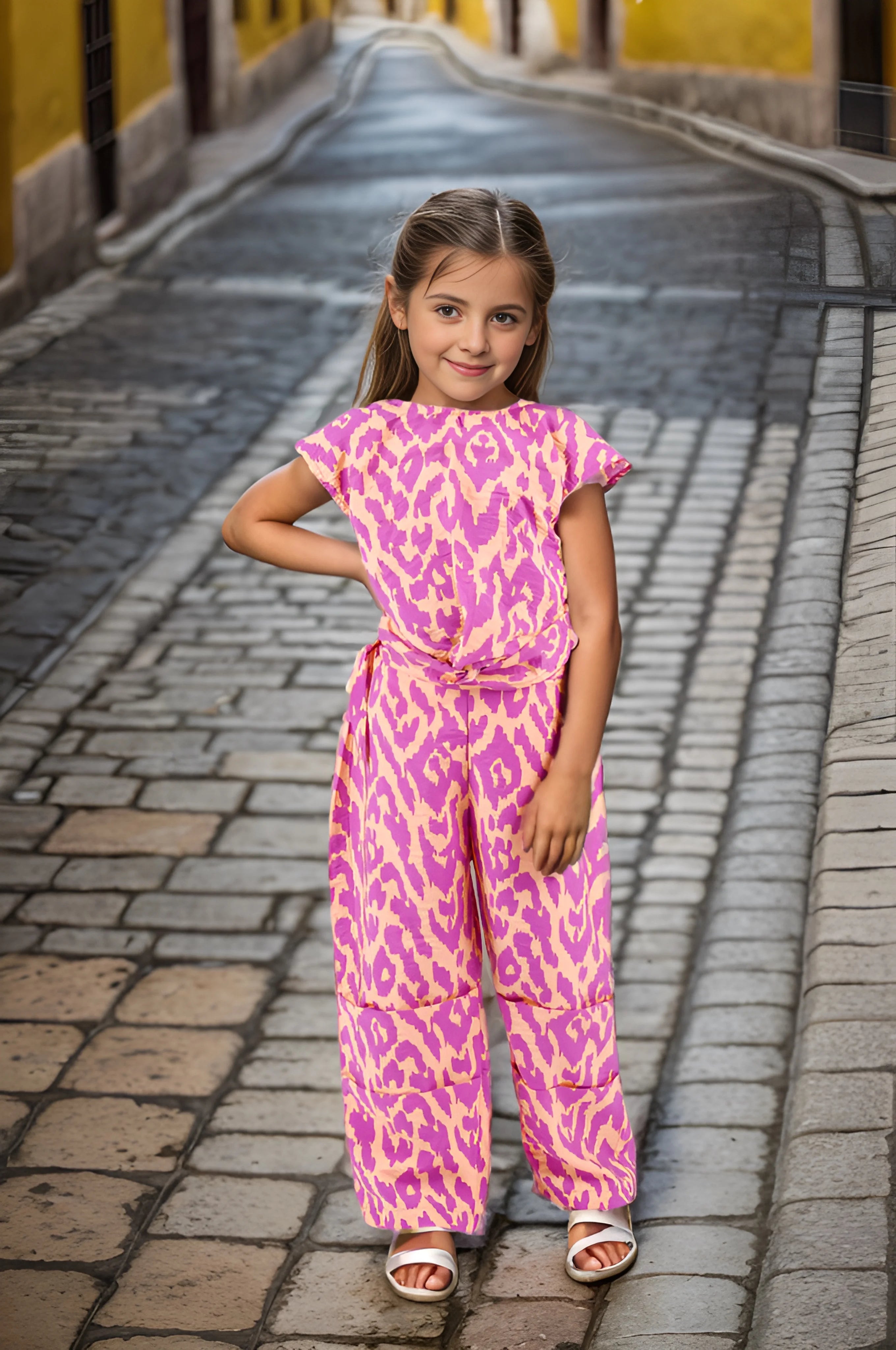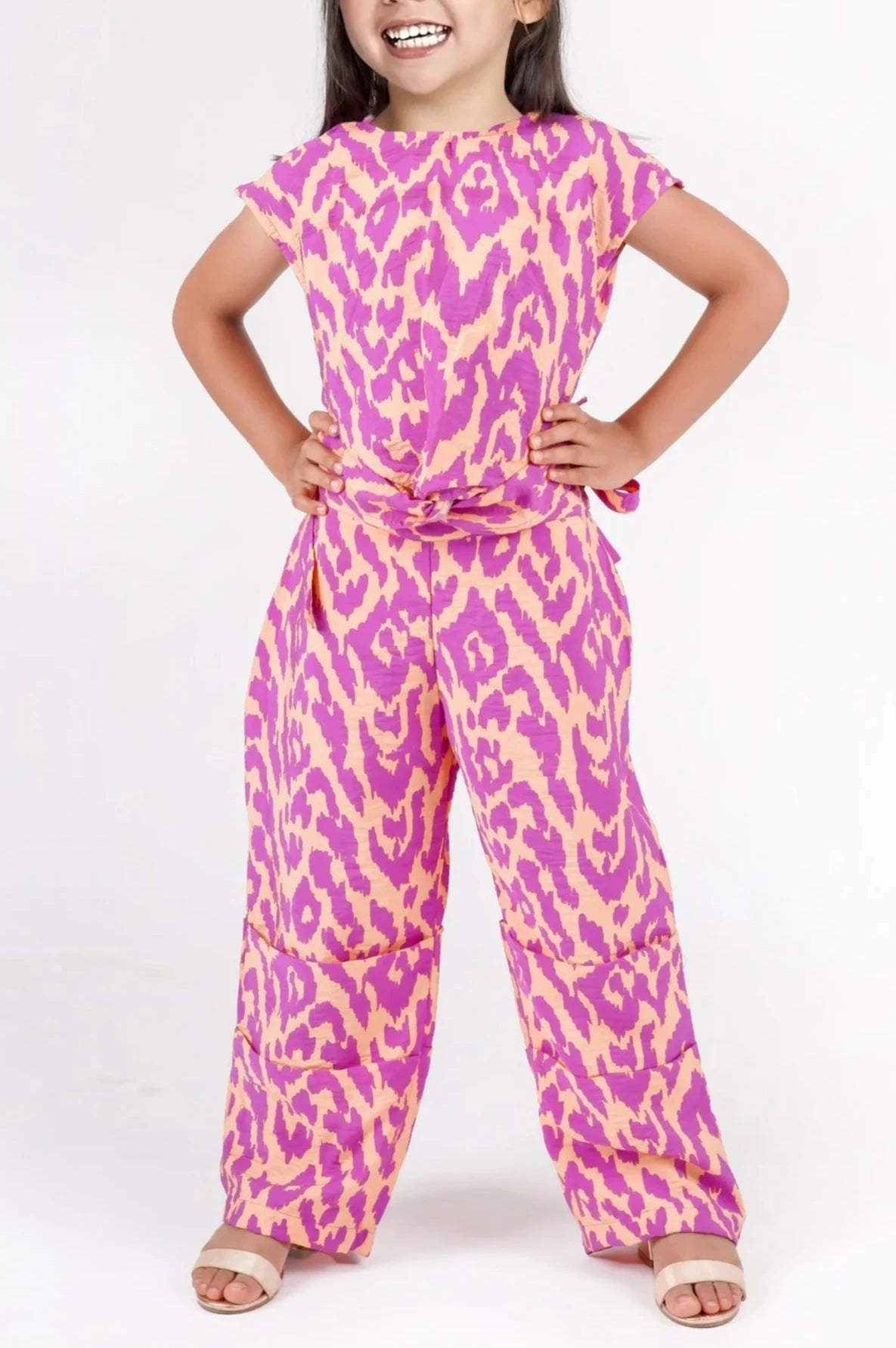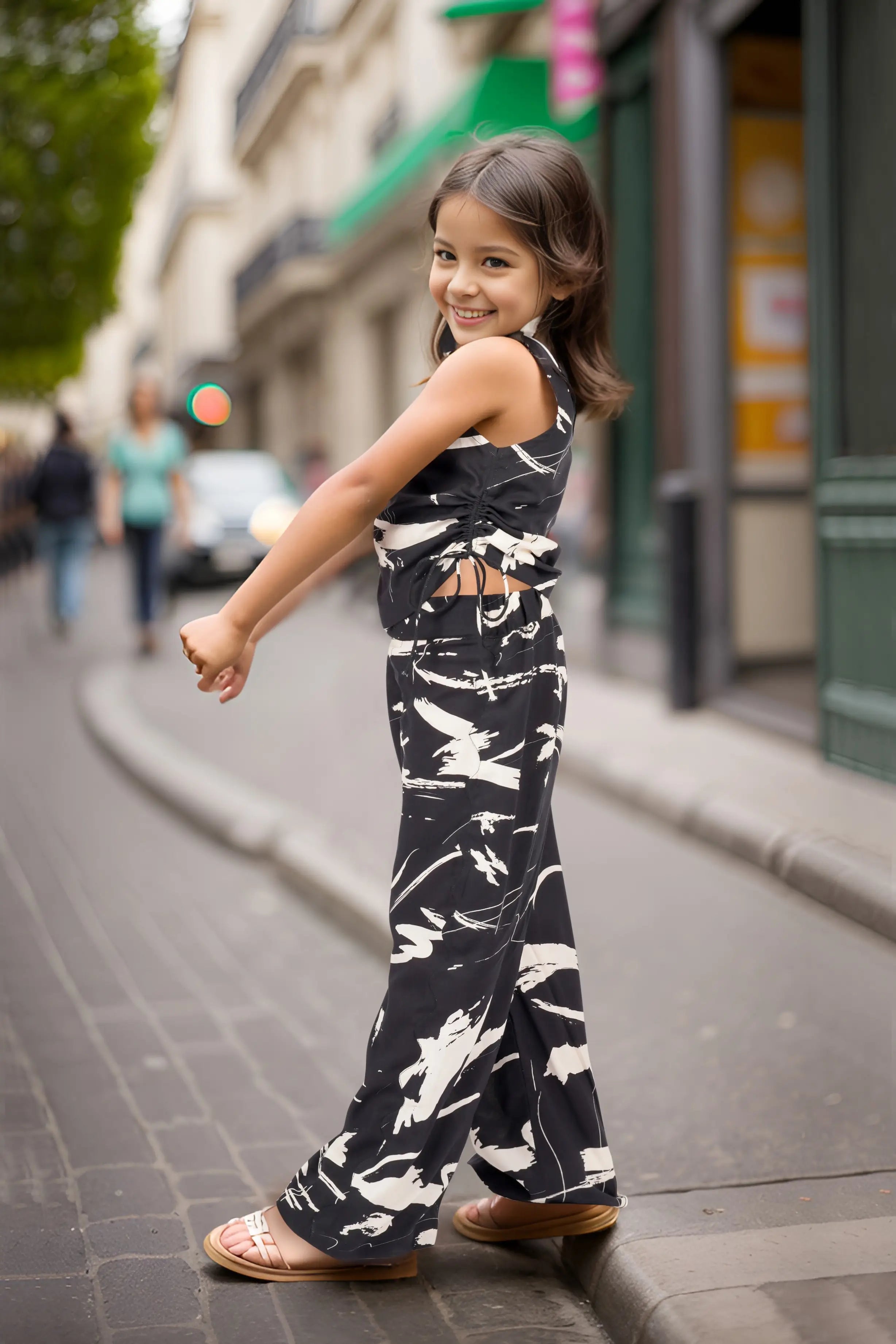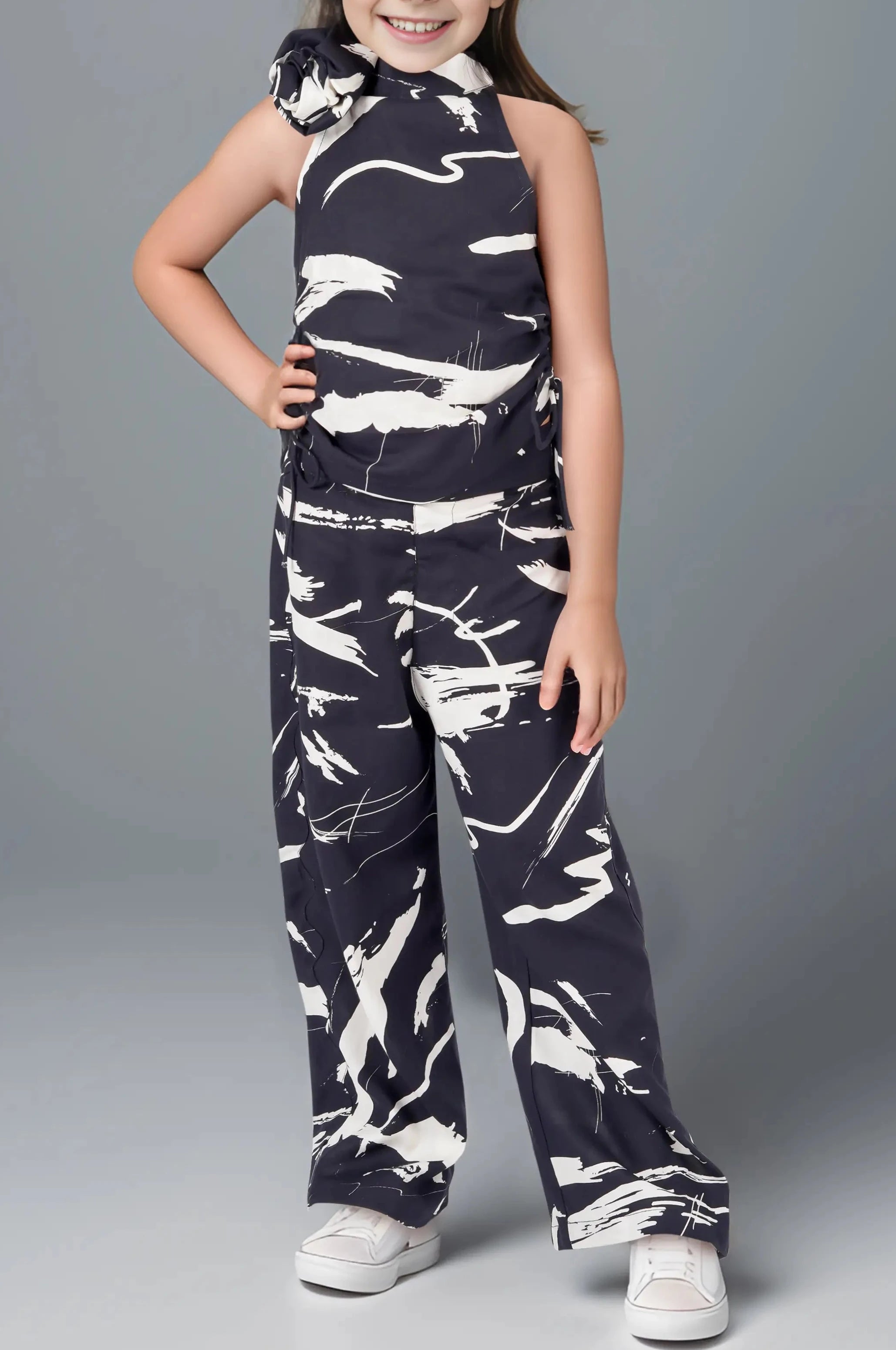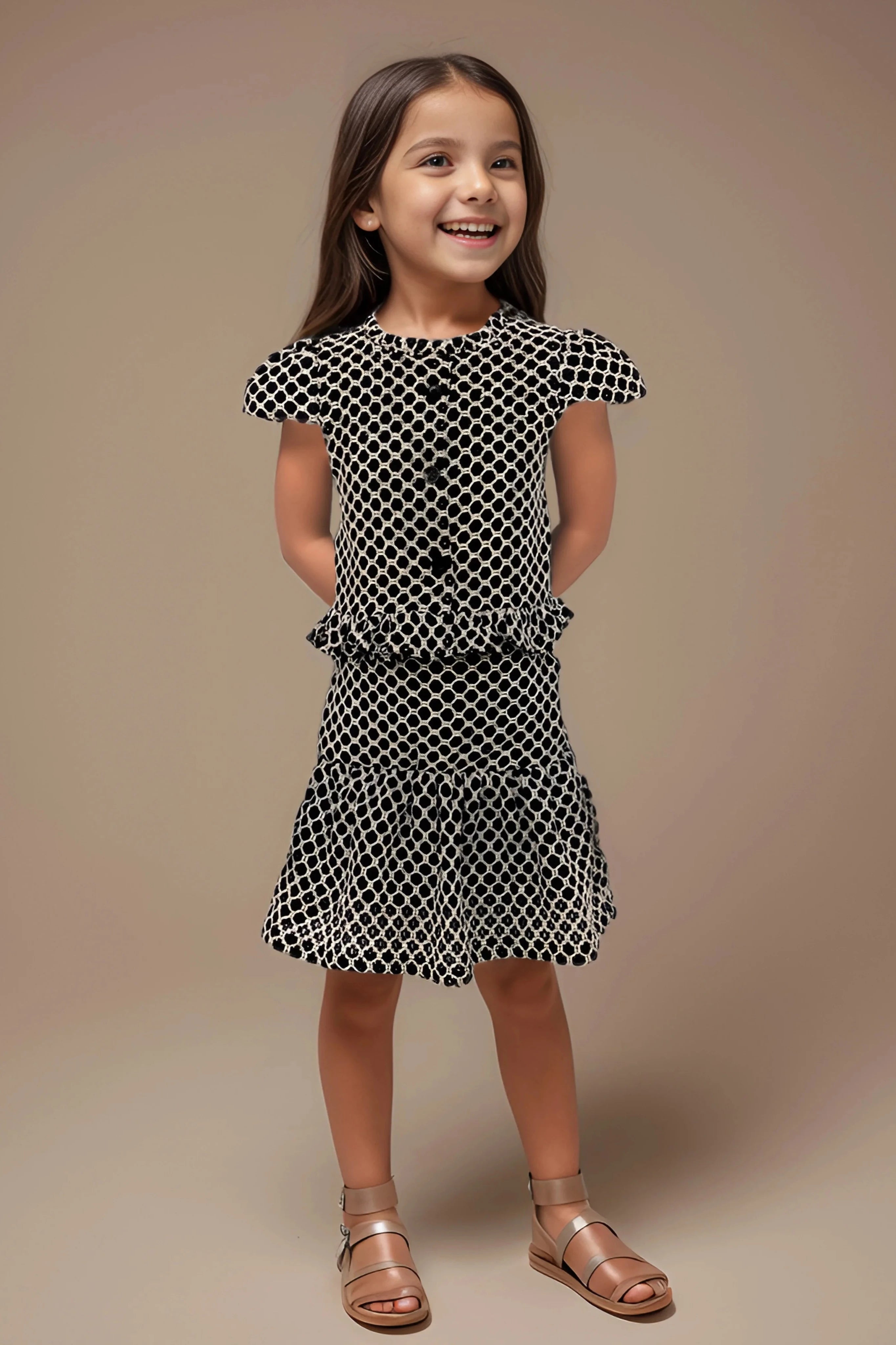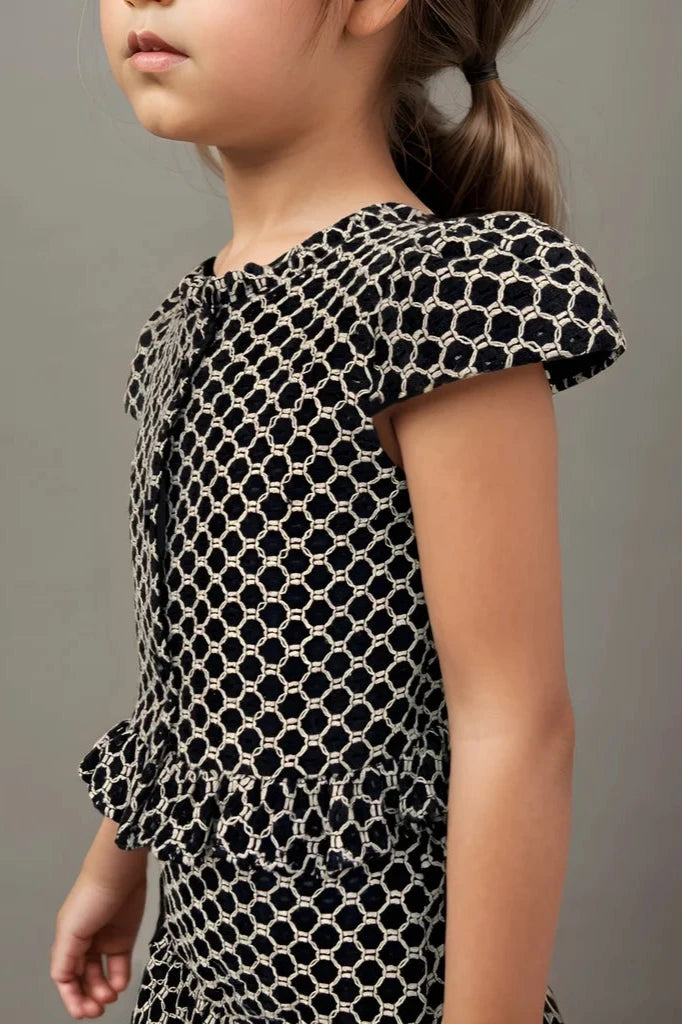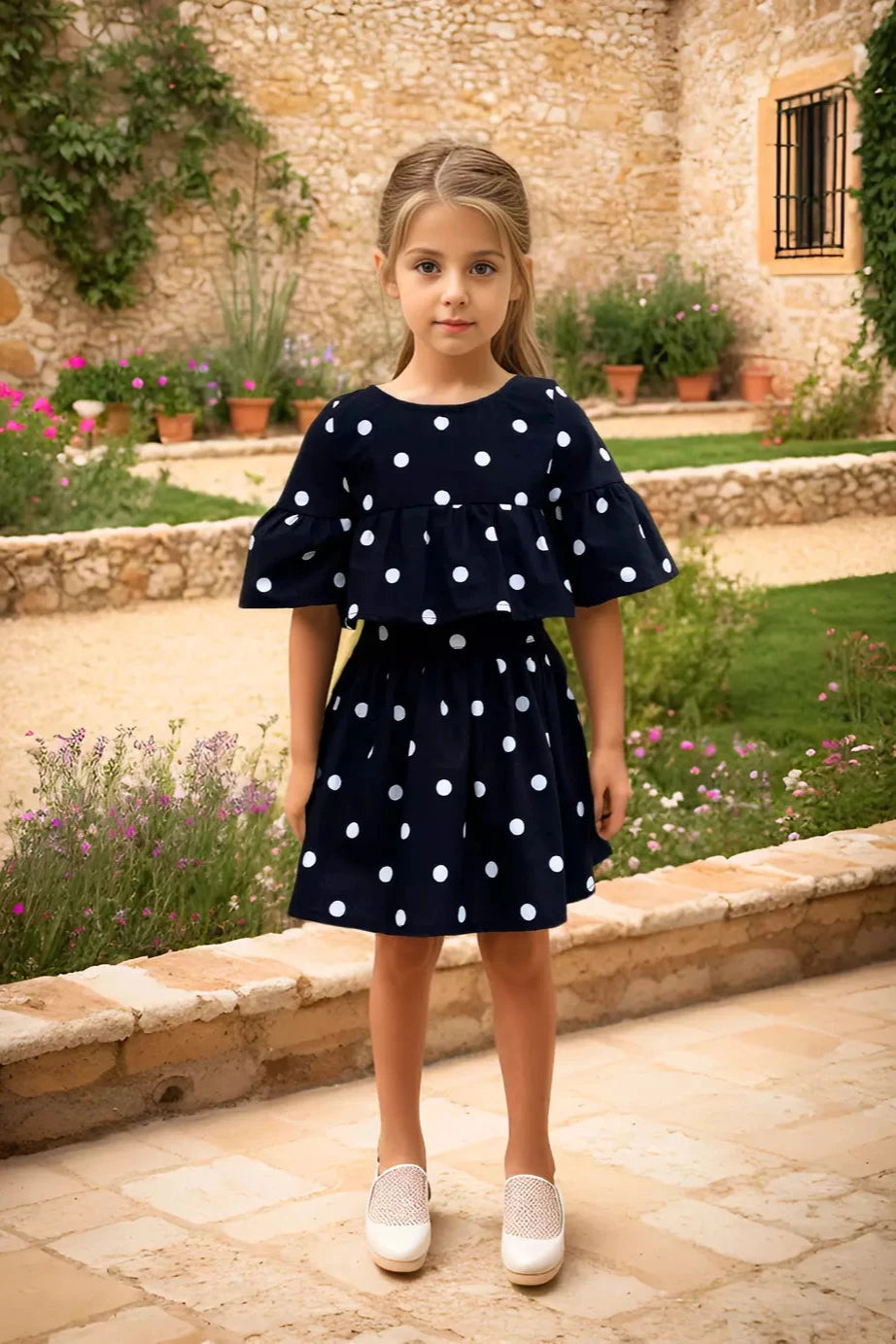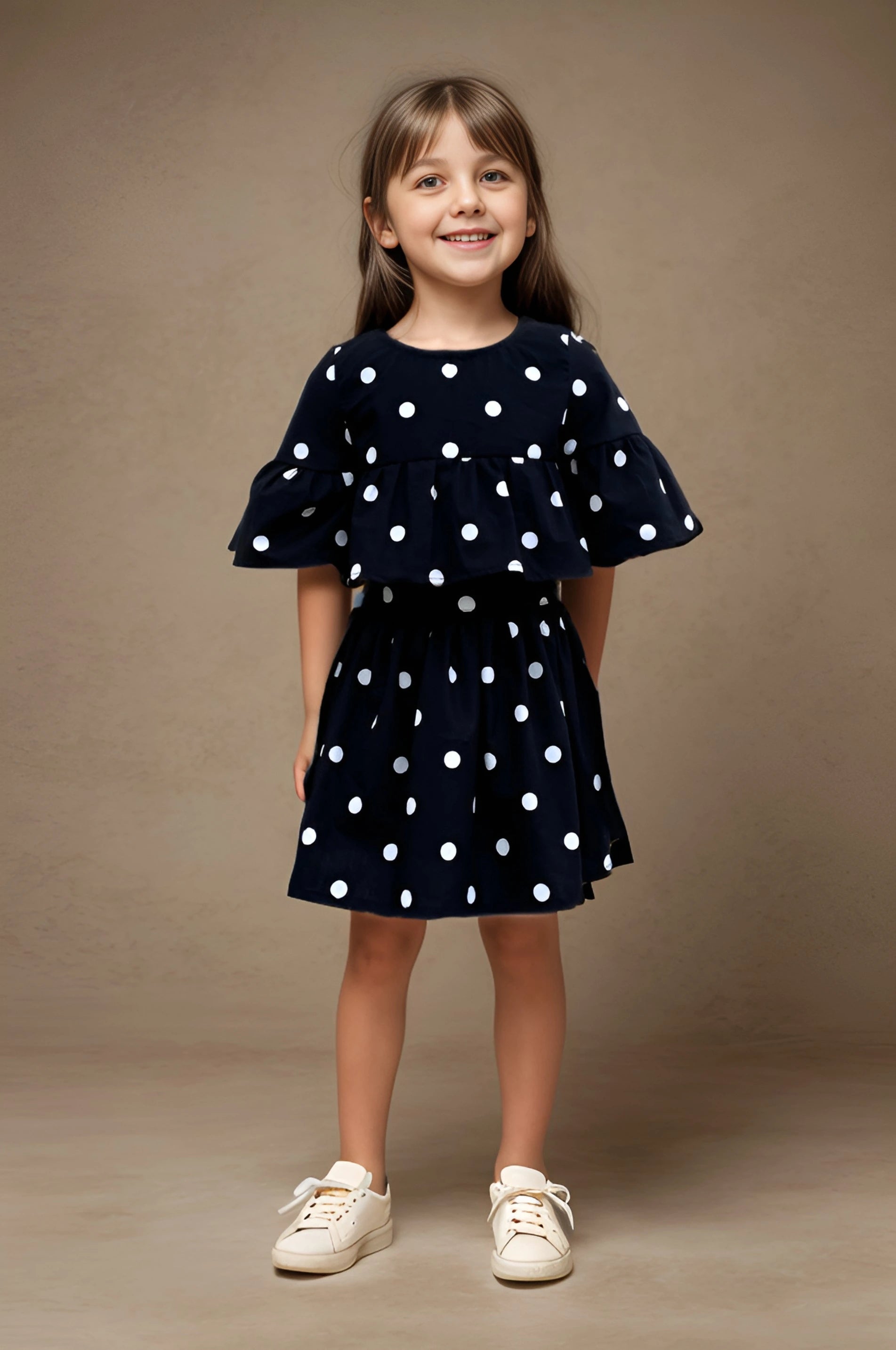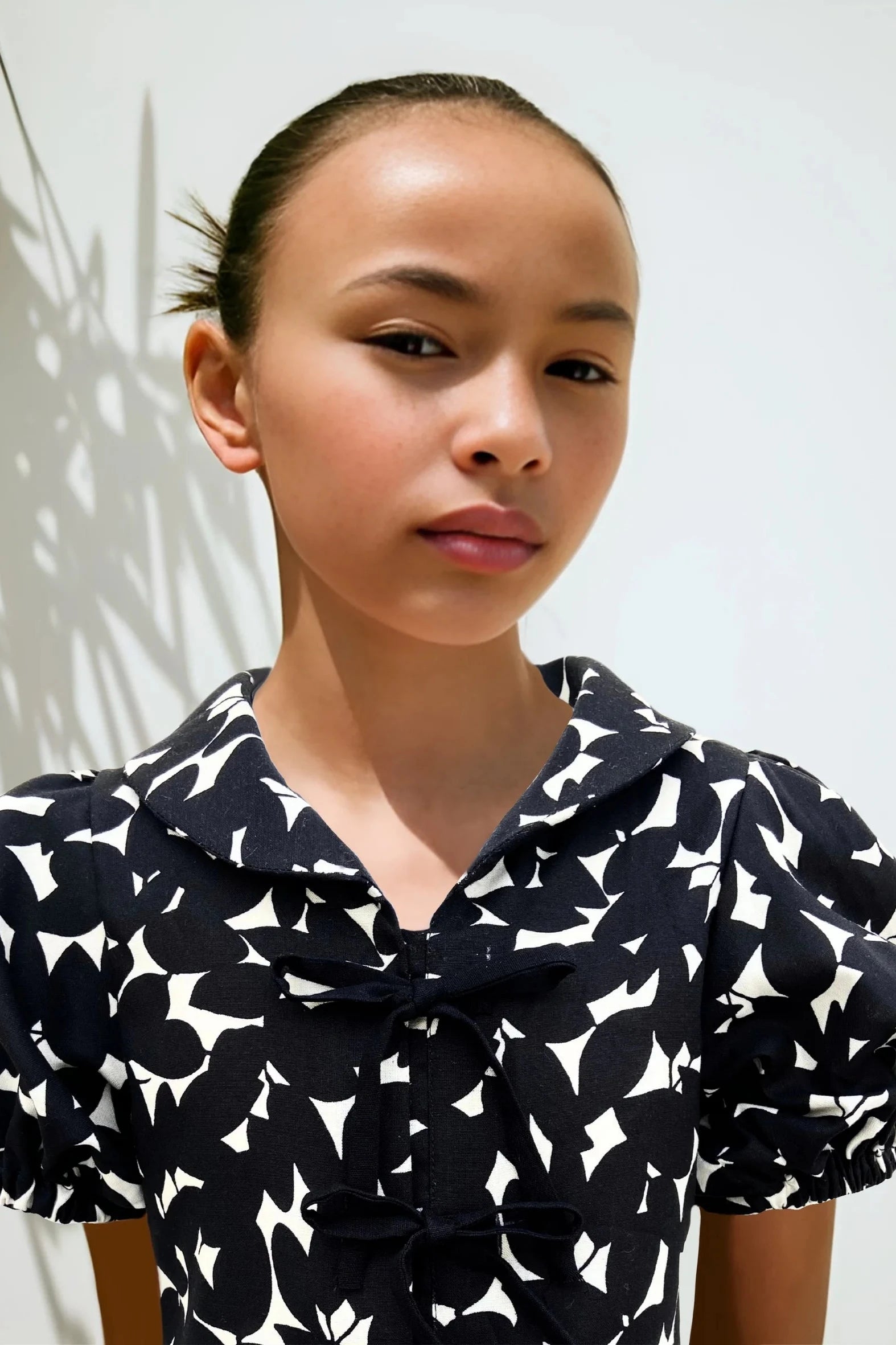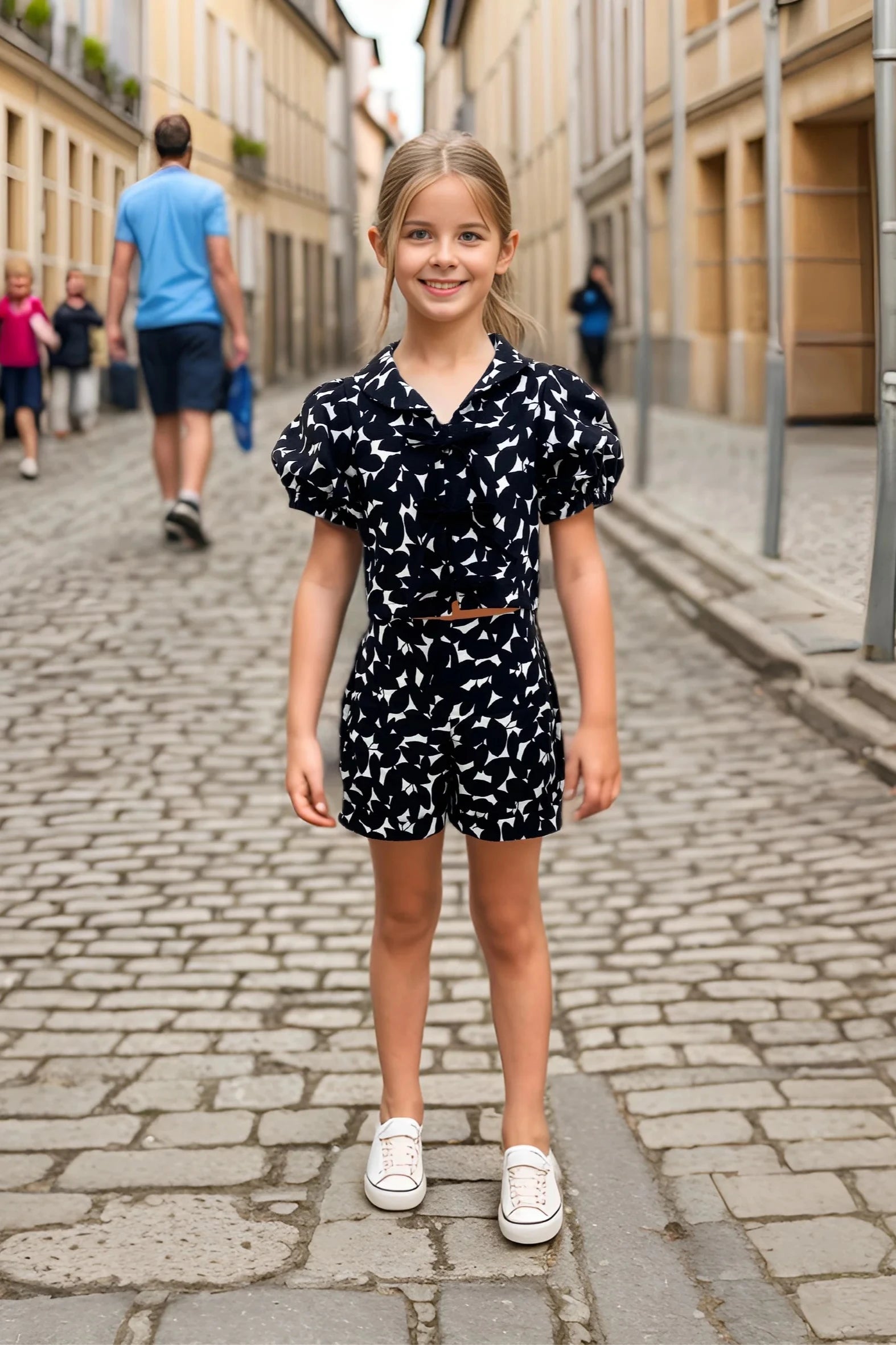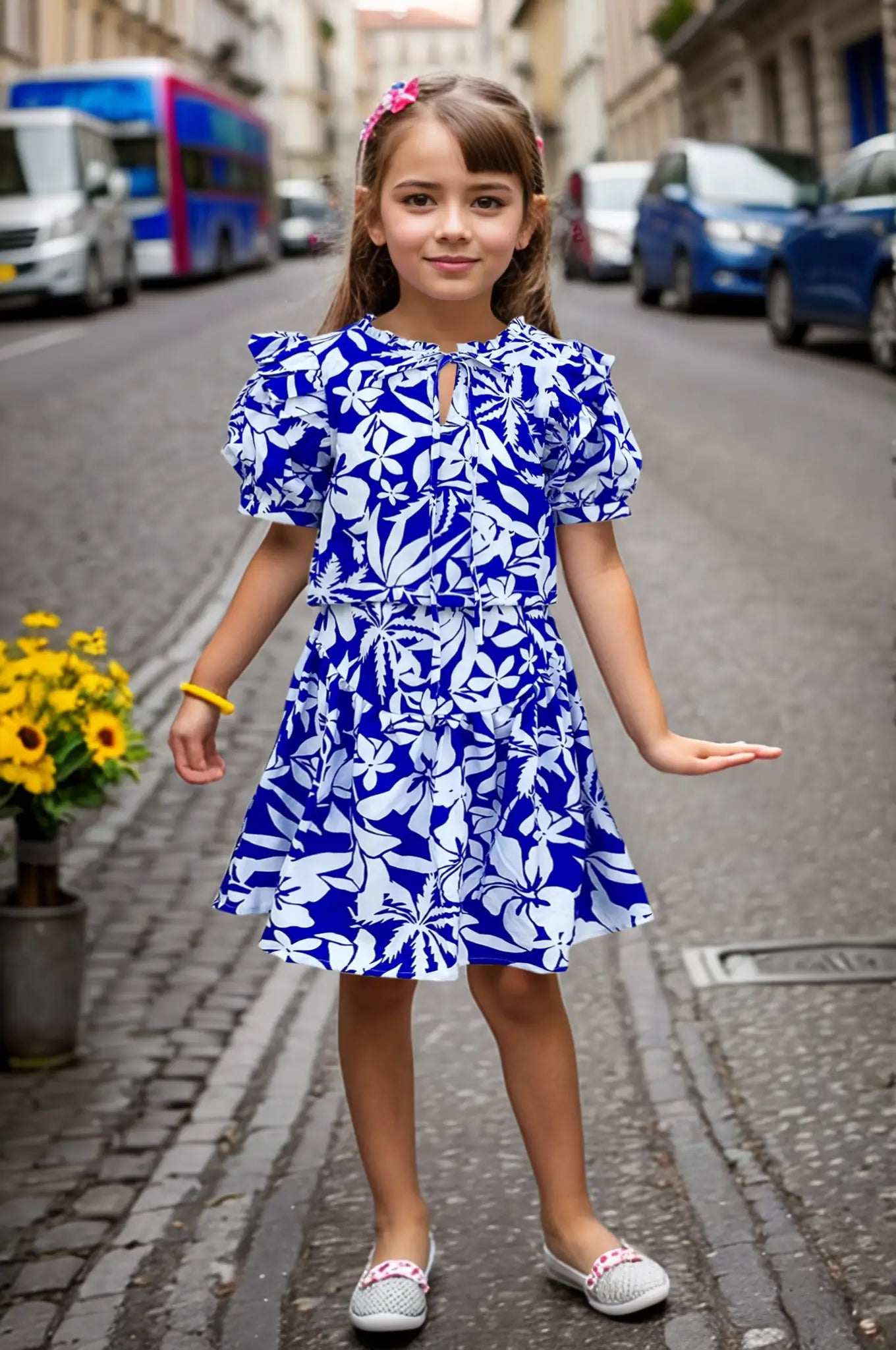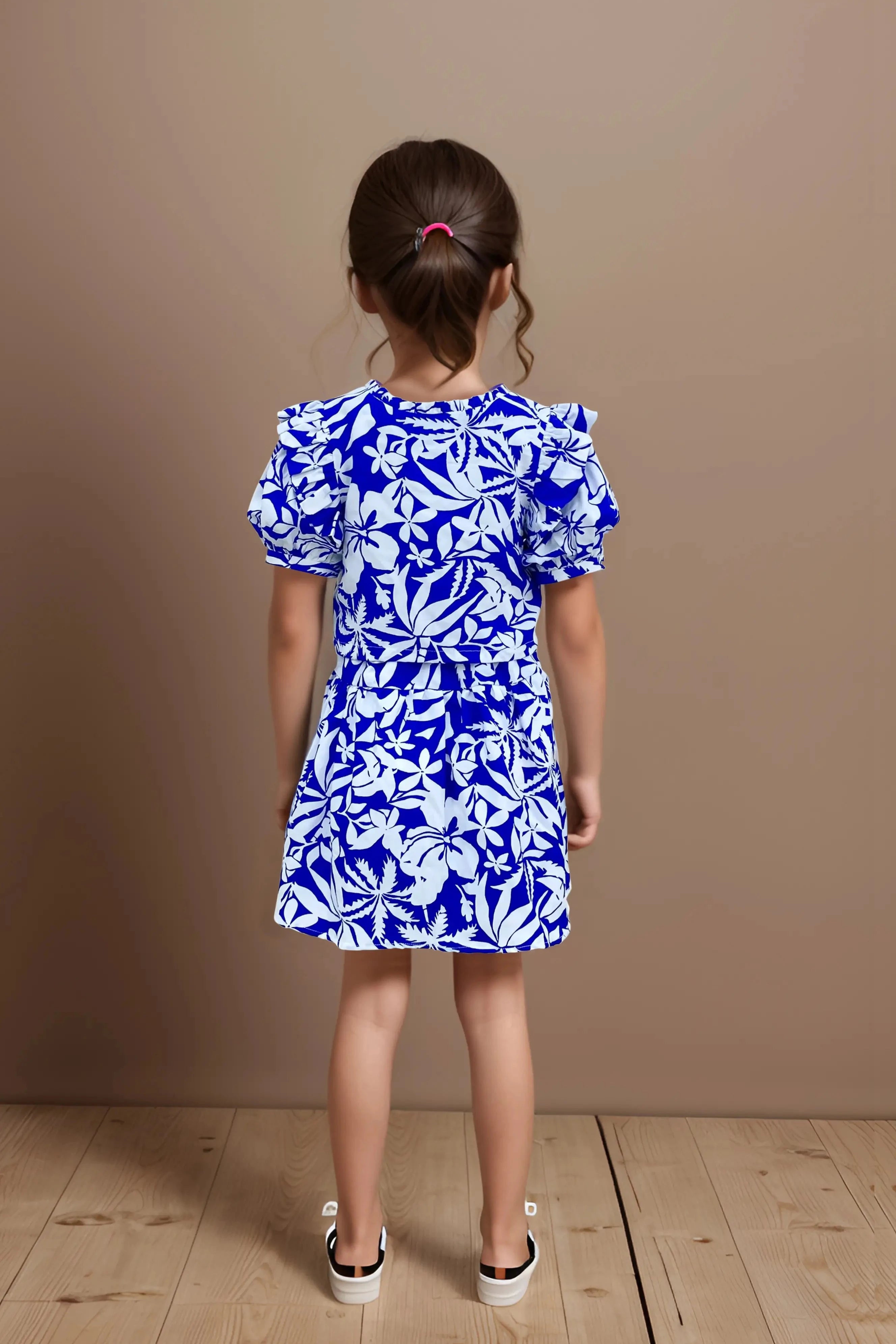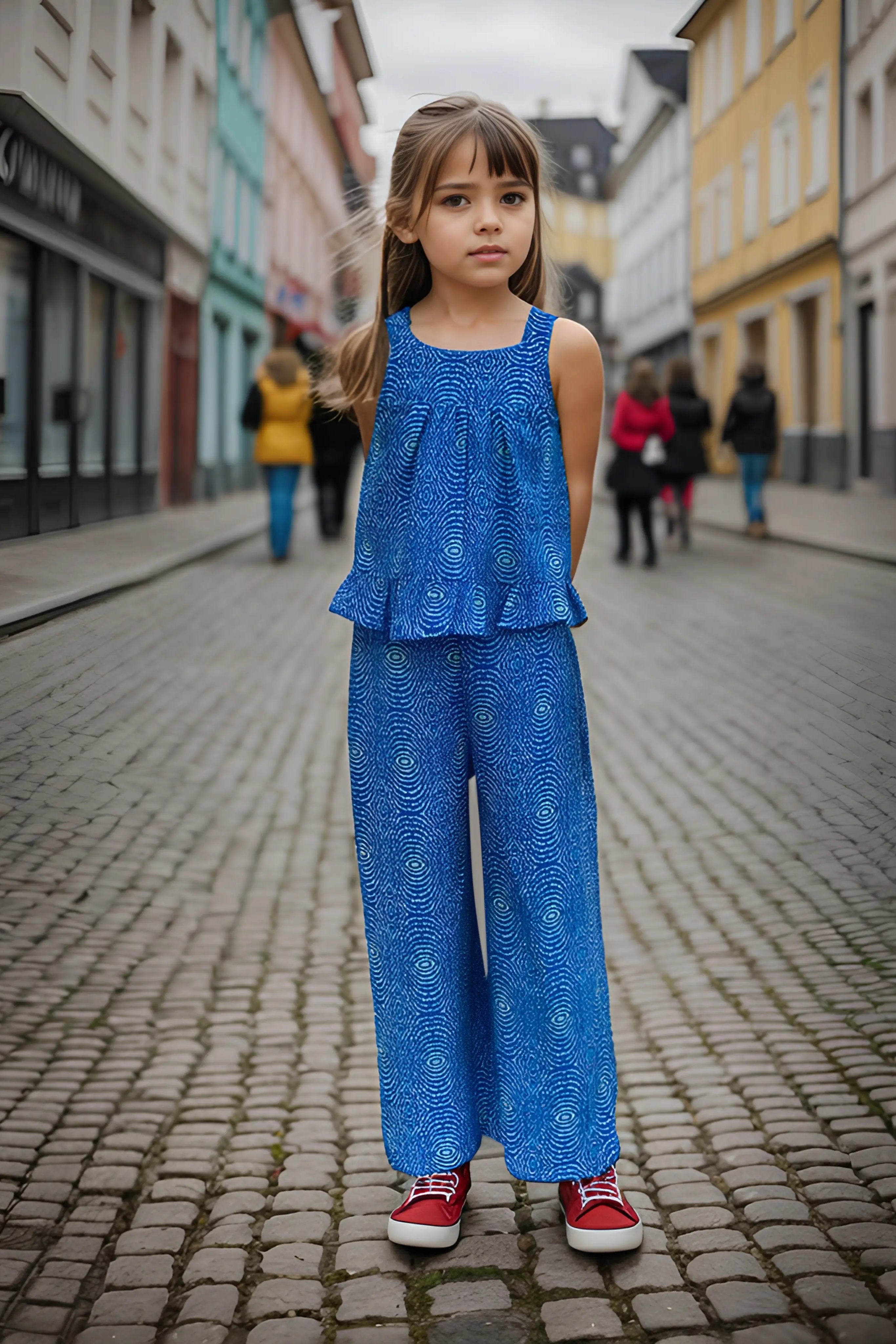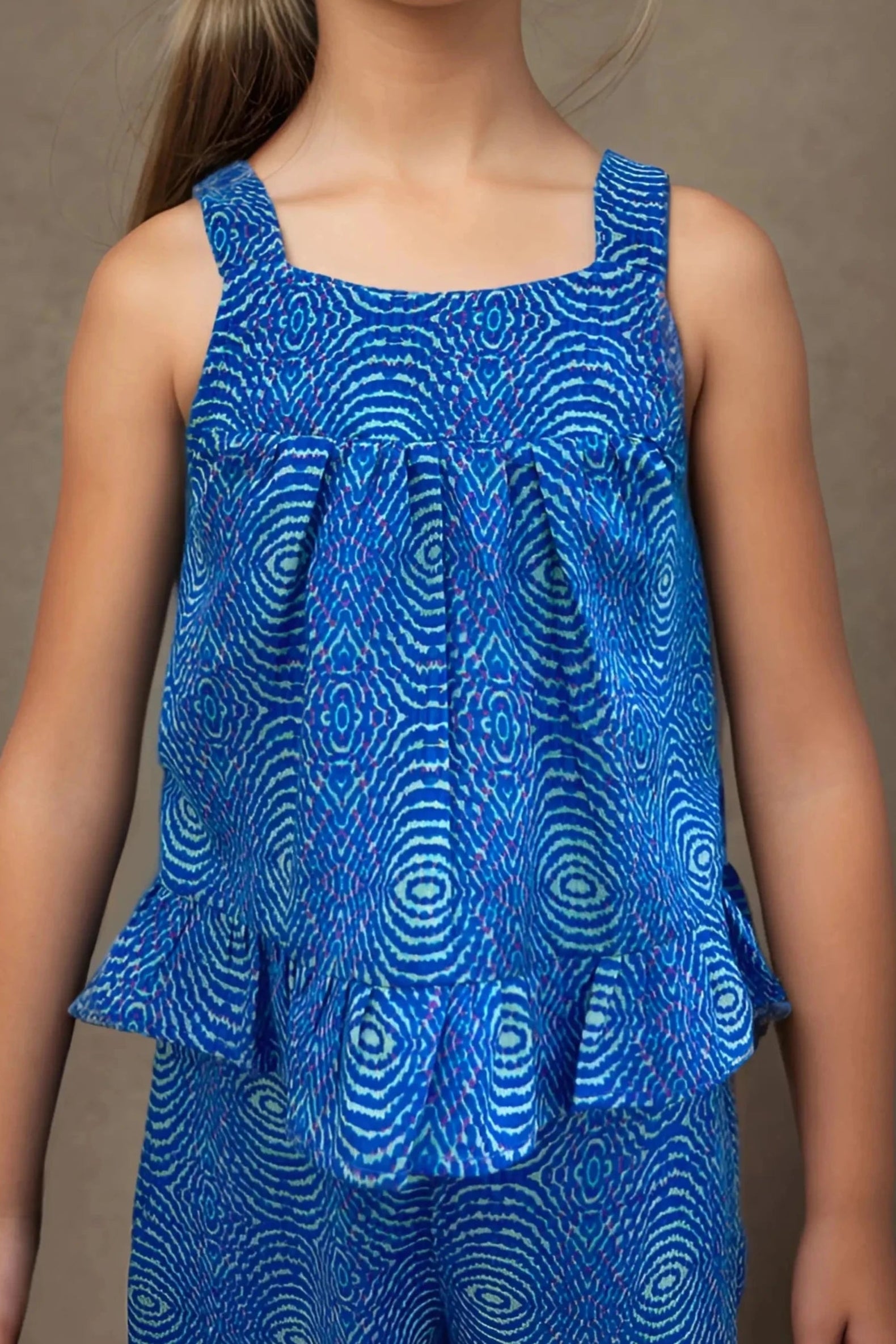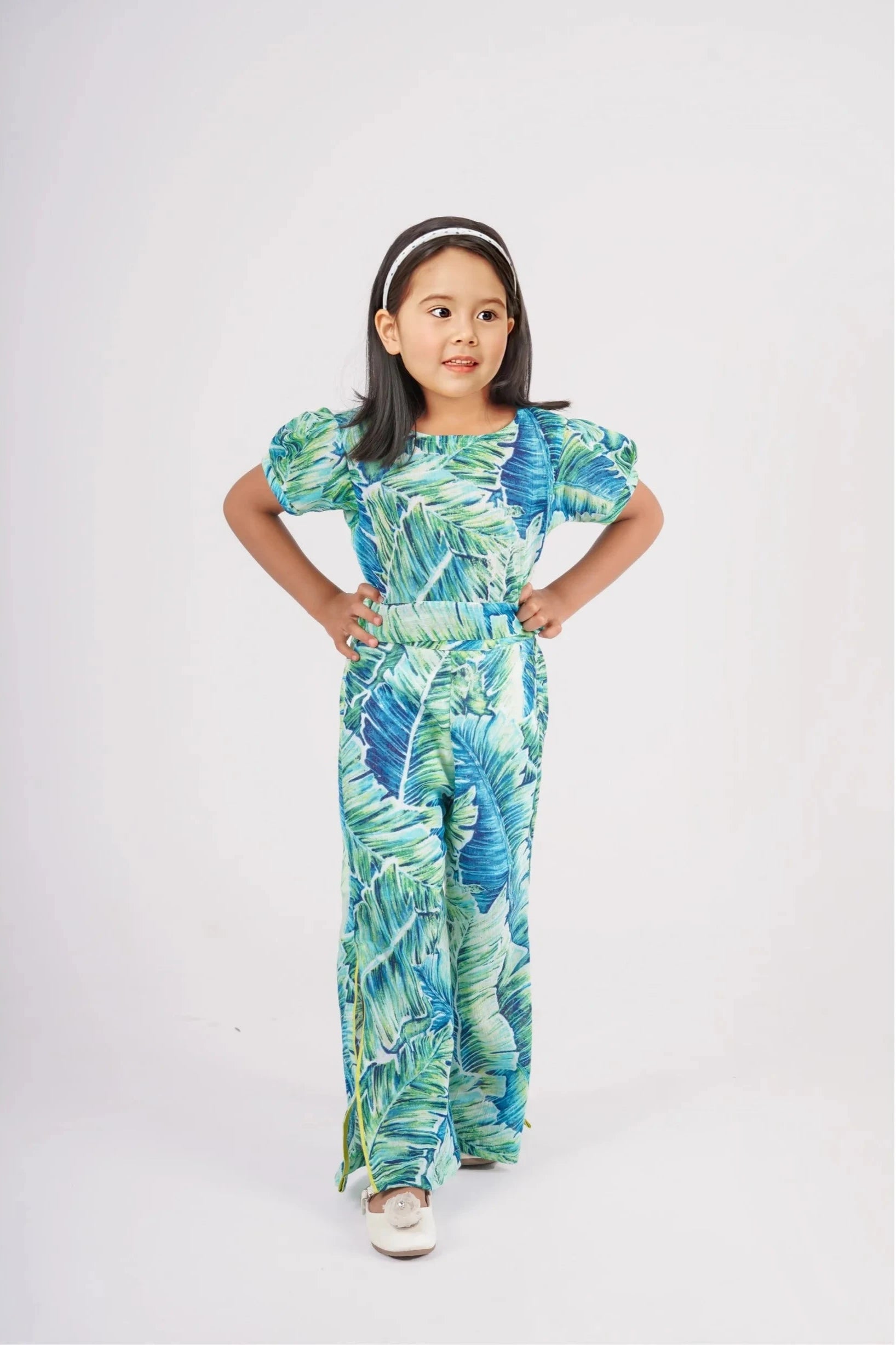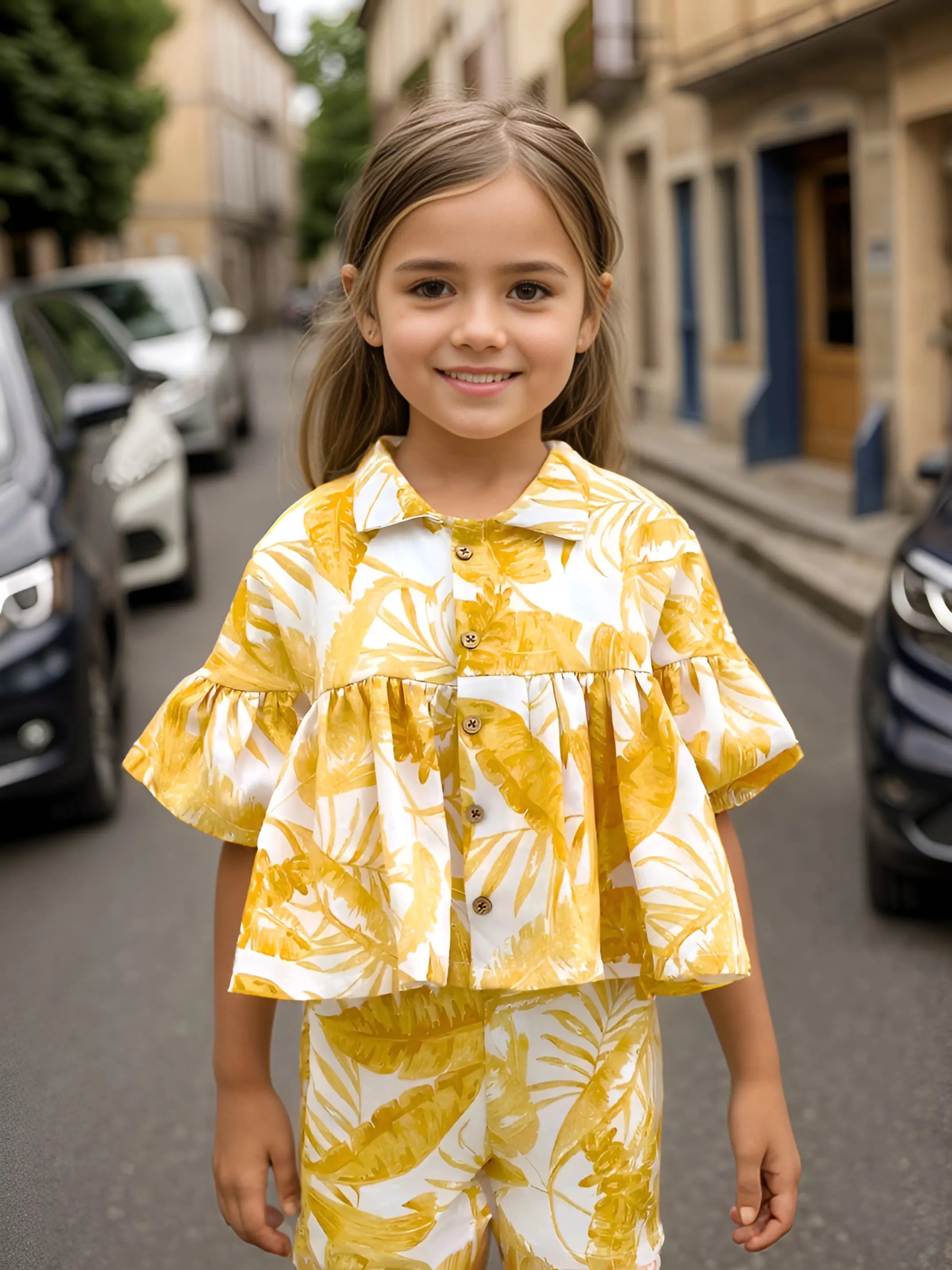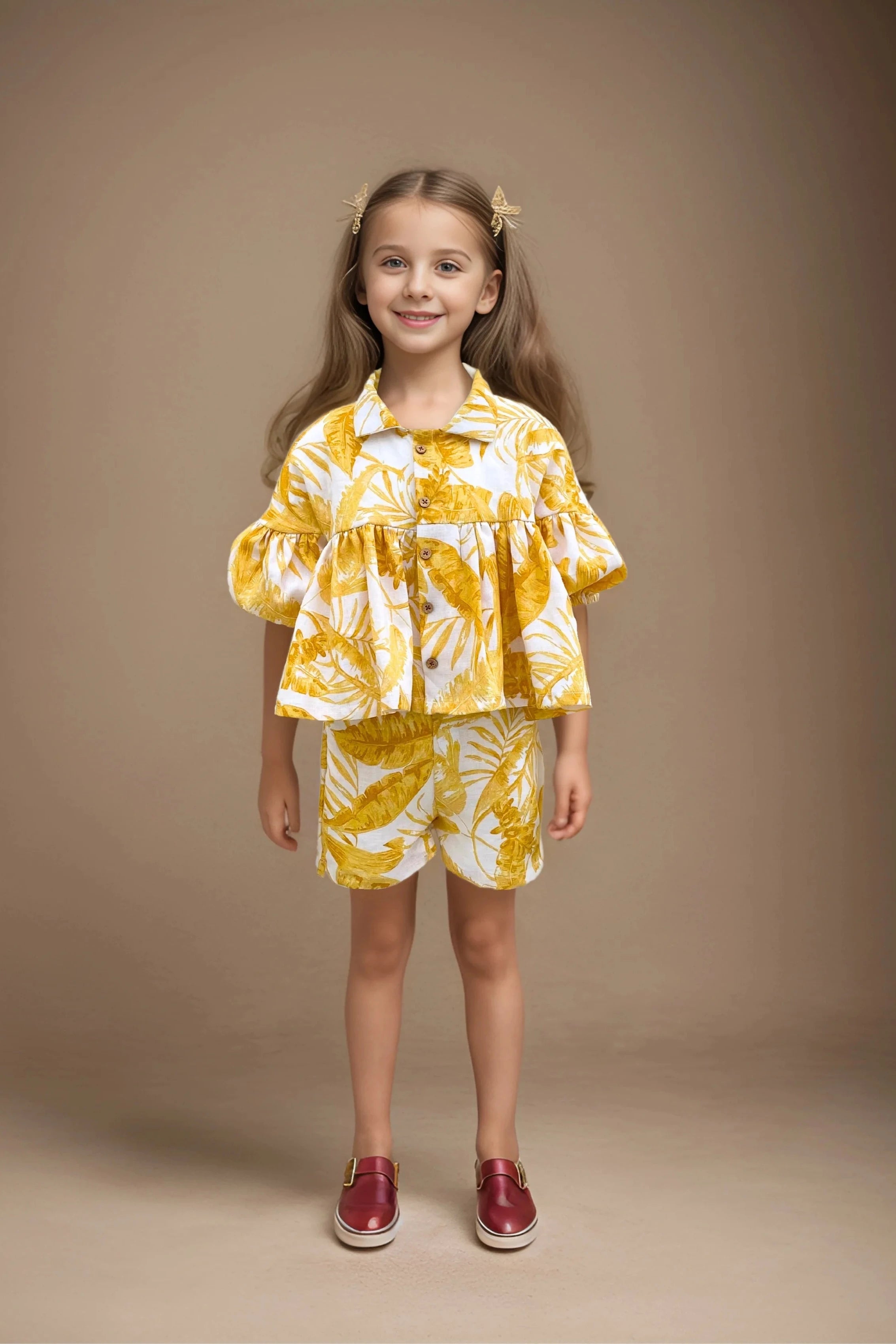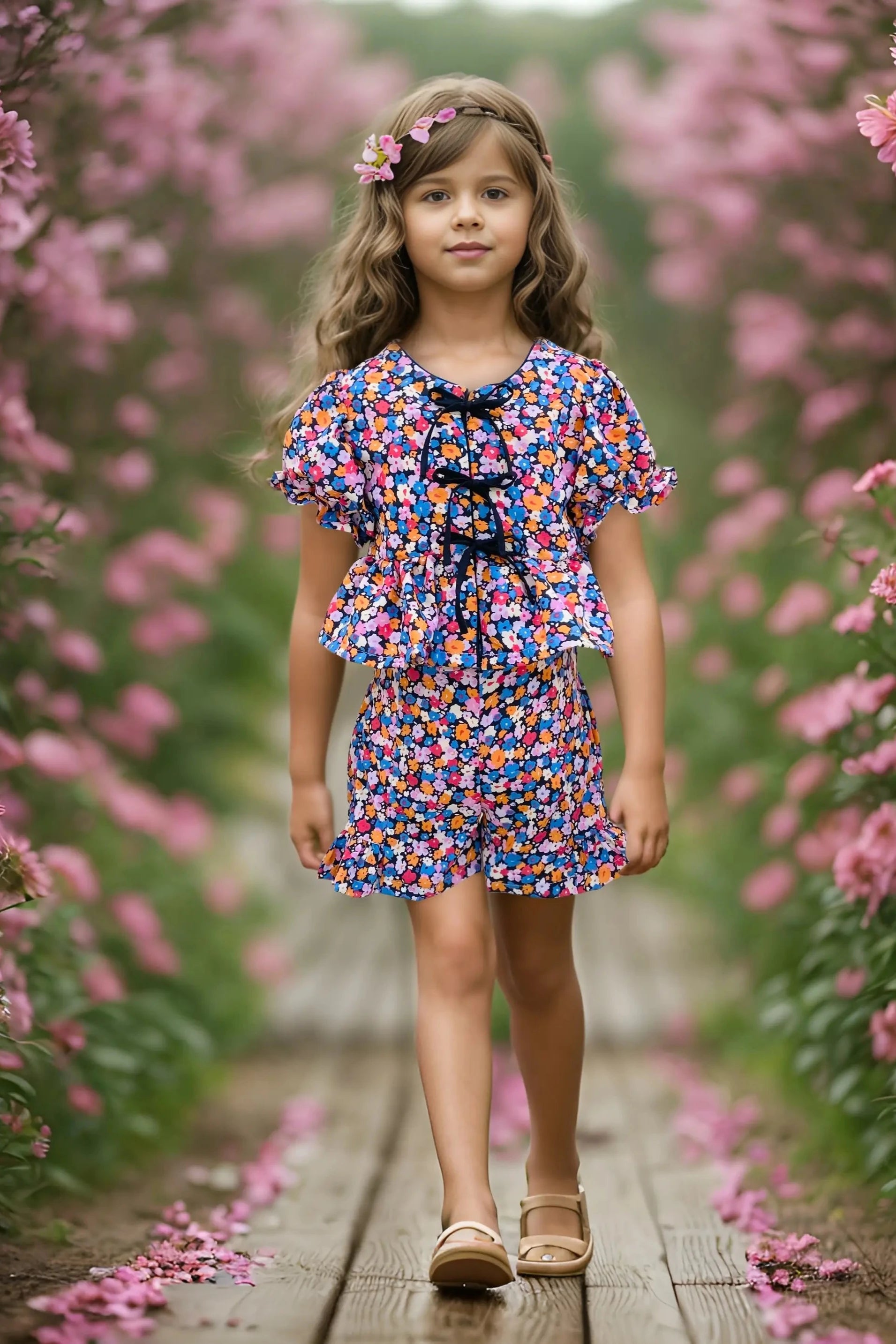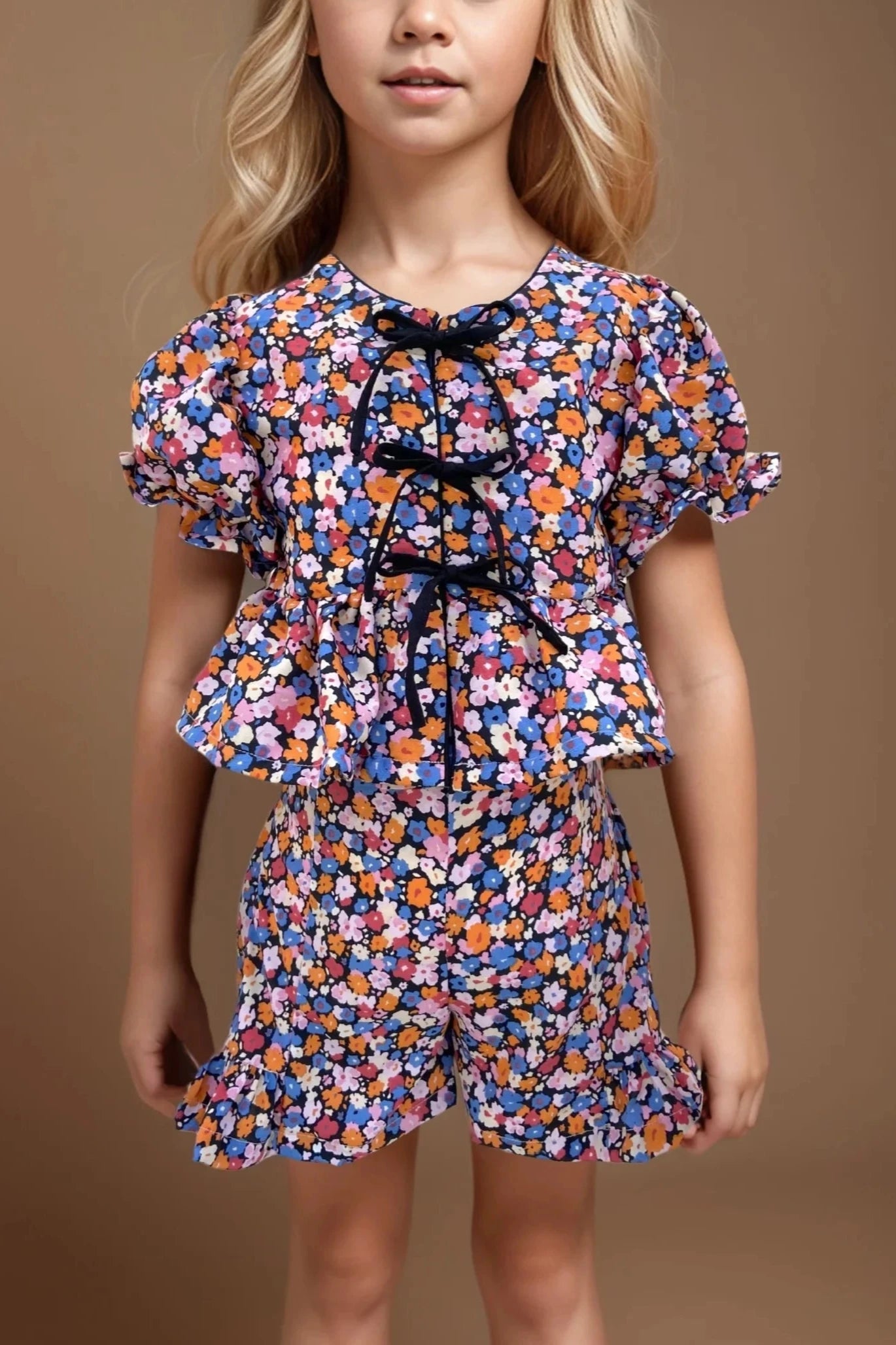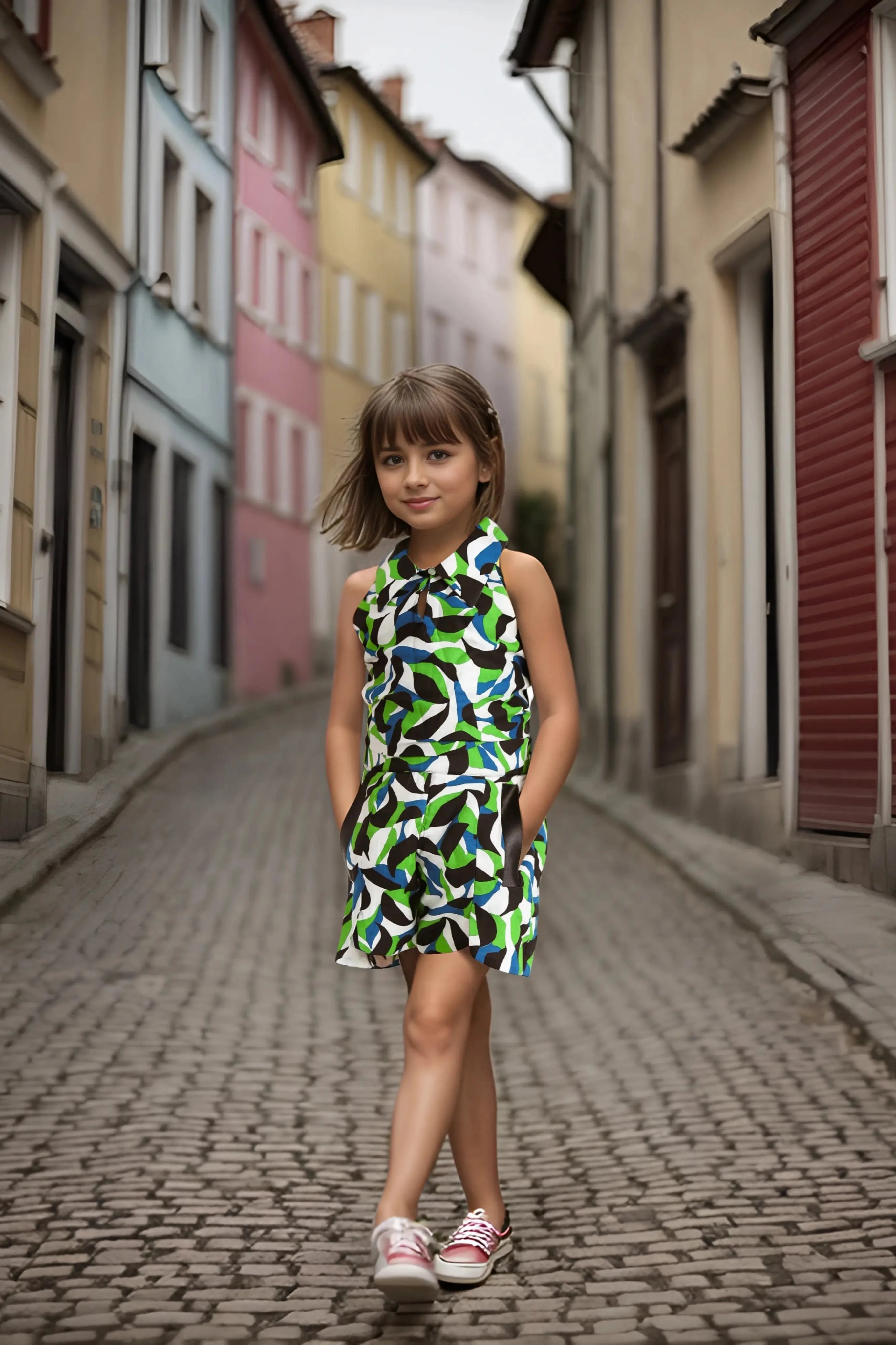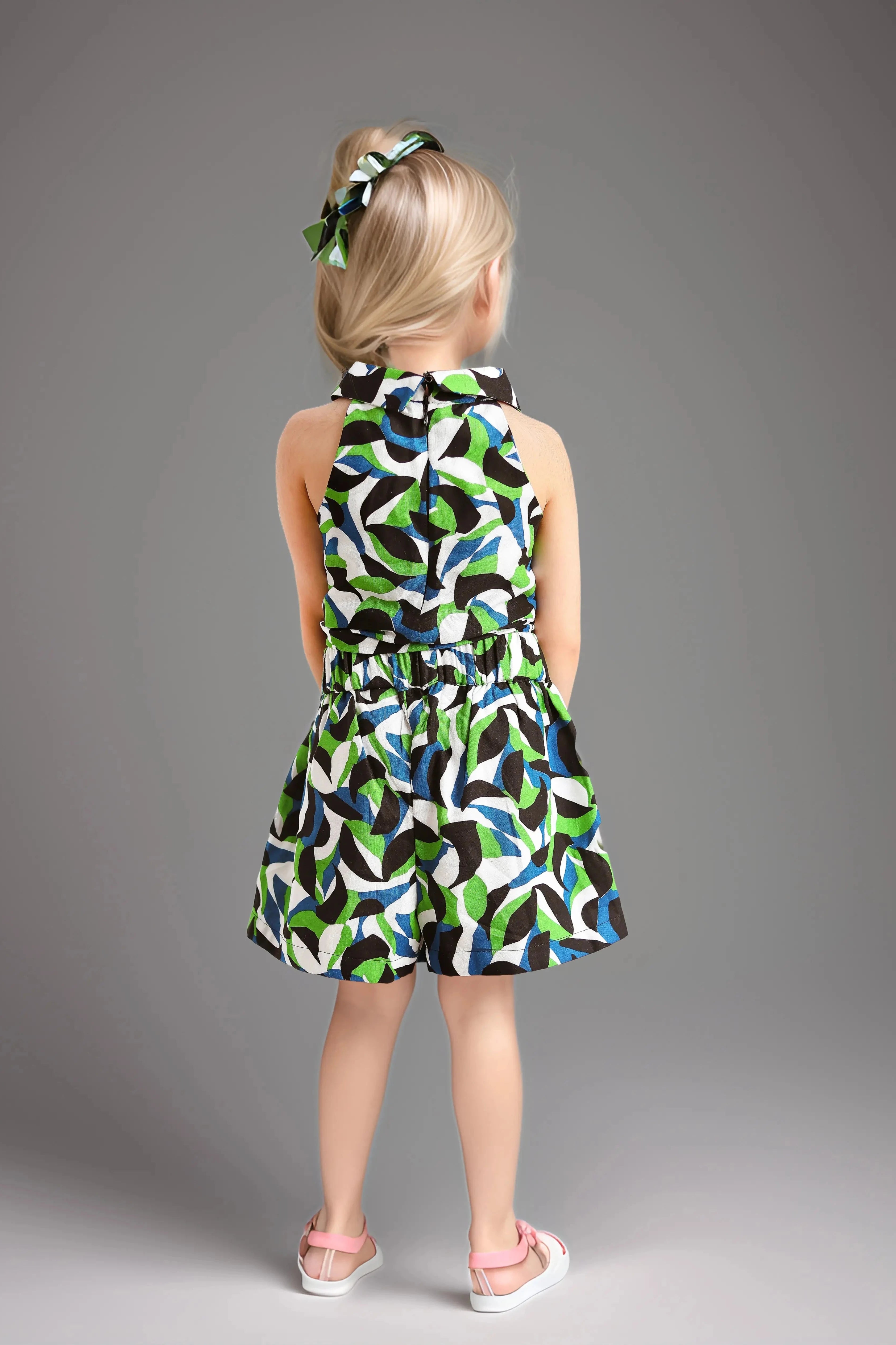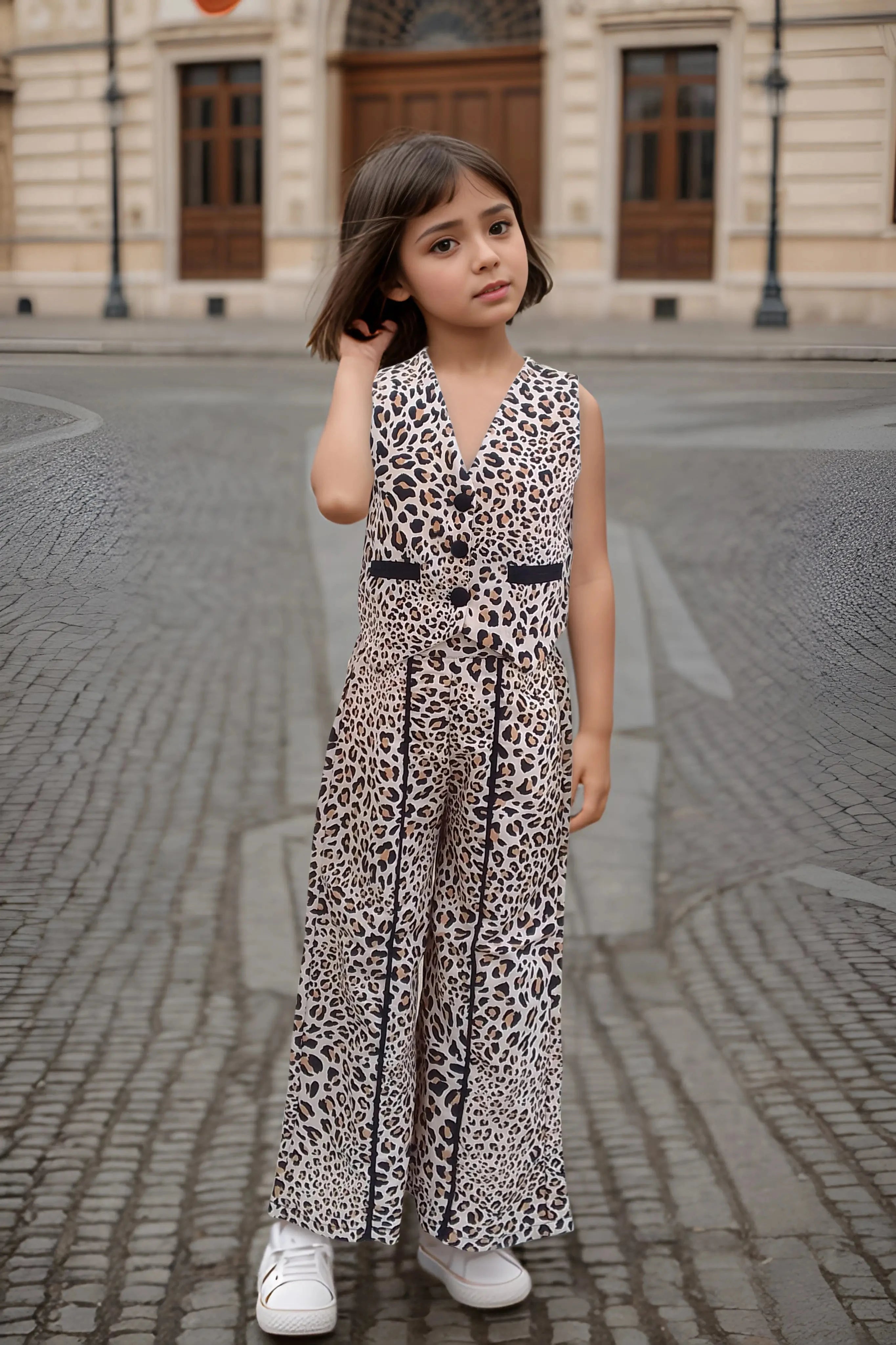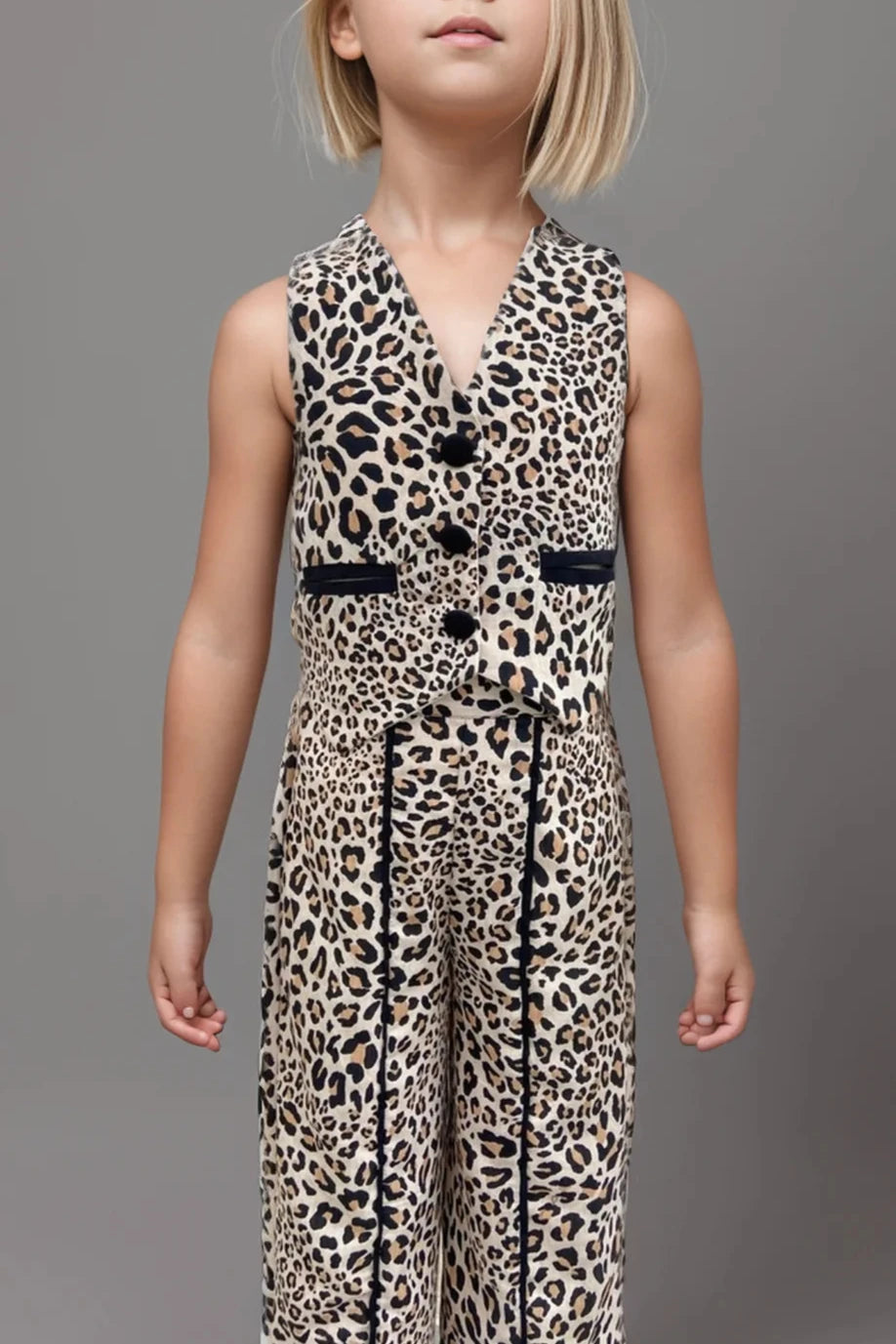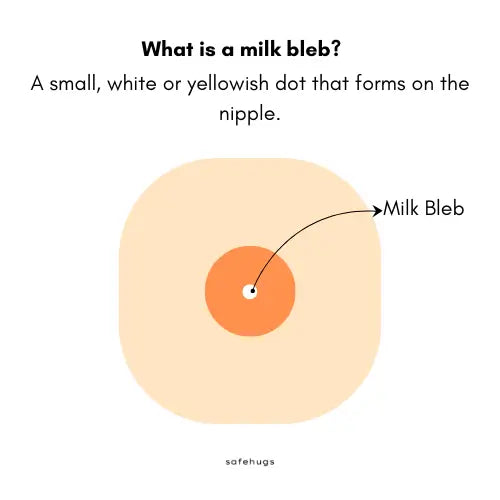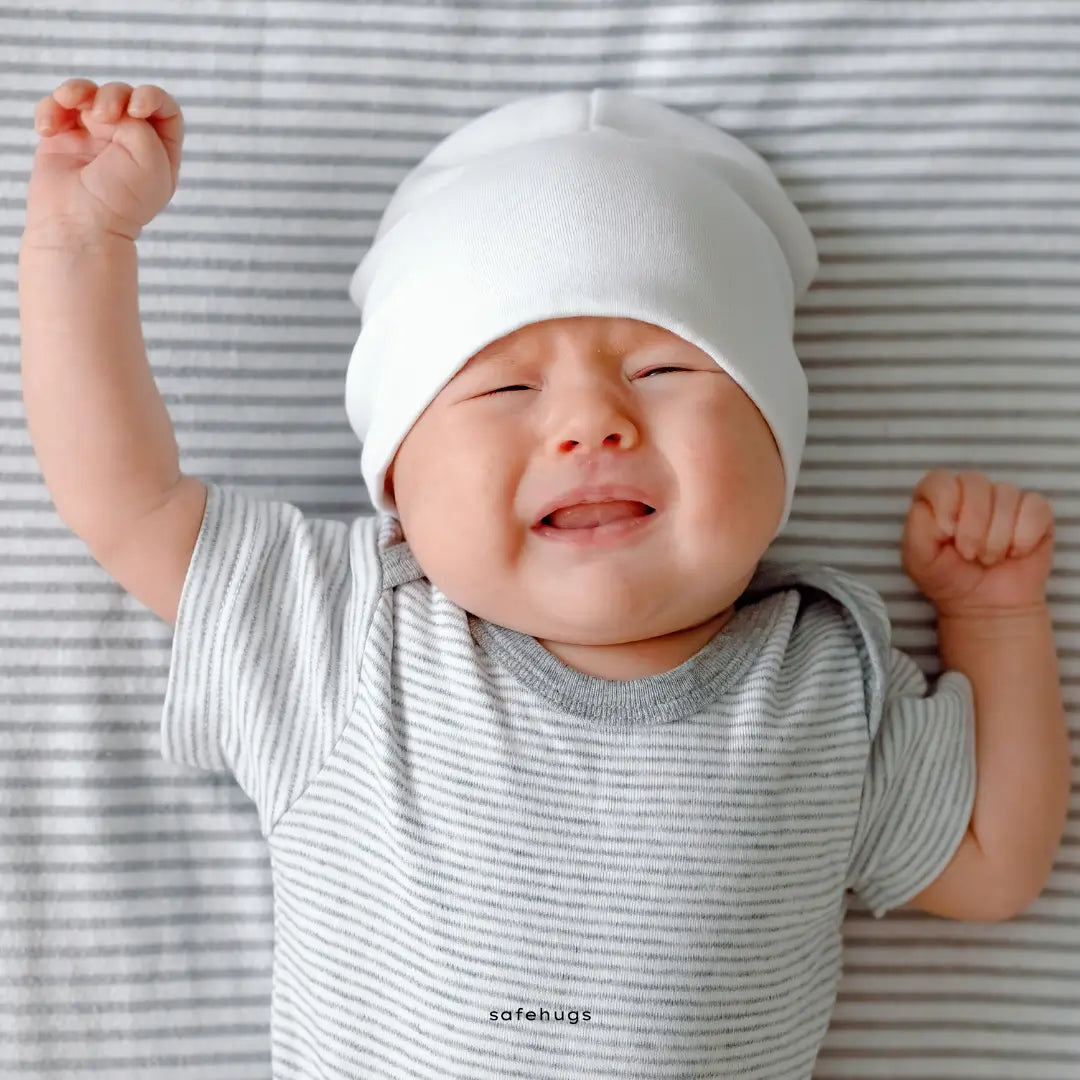Are Pacifiers Good or Bad for Newborns?
Table of Contents
- What Are the Benefits of Pacifiers for Babies?
- Are Pacifiers Bad for Babies?
- When to Introduce and Stop a Pacifier
- What Are the Best Pacifiers for Babies?
- Myths vs Facts: Clearing Common Misconceptions
- Benefits of Not Using a Pacifier: Is Skipping It a Better Choice?
- Conclusion: Pacifier for Newborn - Good or Bad?
- FAQs
The moment your baby starts crying non-stop, someone around you, maybe a well-meaning elder or a fellow mom suggests: "Just give a pacifier!" But is it a helpful tool or a future headache? For thousands of Indian parents, the pacifier for newborn - good or bad - debate is real. It sits at the center of heated family discussions, pediatric appointments, and late-night Google searches. Some call it a lifesaver, others a lazy shortcut. So… are pacifiers good for babies? The answer isn’t black or white, but it’s definitely not one-size-fits-all.
In this blog, we'll guide you through:
- Pacifier pros and cons (with a simple visual table)
- When to introduce and stop using a pacifier
- Which pacifiers are best (and safest) for Indian babies
- Alternatives to pacifiers if you choose not to use one
Pacifier - It is a small, nipple-shaped item made of rubber, plastic, or silicone that babies suck on to soothe themselves. It's also called a soother, binky, or dummy in different parts of the world.
What Are the Benefits of Pacifiers for Babies?
Yes, pacifiers can be a helpful parenting tool when used correctly. From calming a fussy newborn to possibly reducing the risk of SIDS, pacifiers come with several benefits that pediatricians often support when they’re used mindfully.

Here’s why some parents and doctors recommend pacifiers:
Soothes and Comforts Instantly
Sucking is a natural reflex for babies, even when they aren’t hungry. A pacifier can help calm a crying baby during car rides, doctor visits, or nap time.
May Reduce the Risk of SIDS
According to the American Academy of Pediatrics, offering a pacifier during naps and bedtime might lower the risk of Sudden Infant Death Syndrome (SIDS), though the exact reason is still being researched.
Did you know? Babies who use pacifiers while sleeping have been shown to have a 90% reduced risk of SIDS in some studies.(AAP, 2022)
Easier Self-Regulation
Pacifiers give babies a way to self-soothe without needing to be fed or held constantly. This can help them develop better self-regulation skills as they grow.
Useful in Stressful Situations
During vaccinations, flights, or teething pain, a pacifier can act as a comfort tool to ease anxiety or discomfort.
Mom’s Tip: Never force a baby to take a pacifier if they don’t want it. Let it be baby-led, some babies love it, others reject it completely.
"Pacifiers, when introduced properly, can be a useful addition to a parent's toolkit - not a replacement for love or attention." – Dr. Reema Bansal, Pediatrician
While pacifiers offer comfort, some parents, like Shambhavi Deshpande, community member of Mom Insider, prefer to use a clean finger instead of a pacifier, believing that overuse of silicone pacifiers can harm jaw development. She also emphasizes the need for moderation, something many other moms feel too. After all, every baby is different, and some might prefer other methods of soothing.
Are Pacifiers Bad for Babies?
Pacifiers can be a lifesaver for tired parents but they do come with a few real risks if not used mindfully. Understanding the downsides early helps you avoid long-term issues and use them in a safe, balanced way.
Here are the key concerns parents should know about:
Overdependence: A Habit That's Hard to Break
If your baby needs a pacifier to sleep every single time or calm down at every small upset, it can lead to reliance. Later, weaning can become emotionally tough for both of you.
"We started with a pacifier just for naps, but by 18 months, she needed it even for playtime. Weaning took three exhausting weeks." - Aakriti, mom of a 2-year-old
Dental Problems (Especially After Age 2)
Long-term pacifier use, especially beyond age 2-3, can lead to misaligned teeth or bite problems (open bite, crossbite). The risk increases if your baby uses it constantly throughout the day or sleeps with it in.
Glossary :
Open bite - When the front teeth don’t touch when the mouth is closed, usually due to constant sucking pressure.
Risk of Ear Infections
Some studies have linked prolonged pacifier use to increased middle ear infections, particularly in babies older than 6 months.
Stat to Know: Children using pacifiers frequently after 6 months have a 33% higher risk of ear infections, according to a Finnish study in Pediatrics journal.
Delayed Speech in Some Cases
While not common, excessive pacifier use during early language development (around 1-2 years) may reduce babbling and talking, as the baby has something in their mouth more often than not.
Tip: Avoid using the pacifier as your only calming strategy. Rotate it with cuddling, singing, or gentle rocking, so your baby doesn’t rely on it emotionally.

When to Introduce and Stop a Pacifier
Wondering when to start using a pacifier and when to wean your baby off it? Timing is everything. Introducing it too early or using it for too long can have unintended consequences. Here's what pediatricians and child development experts recommend.
When Should You Introduce a Pacifier?
For breastfeeding parents, the general guideline is to wait until breastfeeding is well established, typically around 3 to 4 weeks. This helps avoid any interference with latch or feeding patterns, often referred to as nipple confusion.
Expert Insight :
Dr. Neha Iyer, a pediatrician in Mumbai, shares, "If the baby is feeding well and gaining weight, a pacifier can be safely introduced after the first month to help with sleep and self-soothing."
Situations when pacifier introduction is helpful:
- For soothing a fussy baby during car rides or after vaccinations
- To help babies fall asleep
- During air travel to relieve ear pressure
- In NICU settings to support non-nutritive sucking
When Should You Stop Using a Pacifier?
Most experts suggest weaning between 6 months and 2 years, depending on how your child uses it.
- By 6 months: Consider limiting daytime use to reduce ear infection risk.
- By 12 months: Try to limit use to bedtime or stressful situations.
- By 2-3 years: Begin phasing it out entirely to avoid dental issues.
Important: Prolonged use beyond age 3 increases the likelihood of bite problems and speech delays.
How to Make Weaning Easier:
- Start with daytime weaning before bedtime.
- Offer a comfort item like a soft toy or blanket as a replacement.
- Use gentle storytelling or play-based weaning approaches that align with your child’s temperament.
Cultural Note: In many Indian households, elders may encourage extended pacifier use to keep babies quiet during family functions or temple visits. While the intention is practical, balancing tradition with modern pediatric guidance helps ensure your child’s long-term well-being.
Moms like Sujana Madhira, a community member of Mom Insider, have found that breastfeeding babies may not take pacifiers at all, showing how your baby's preferences should guide your decision. It's all part of understanding what your little one needs.
What Are the Best Pacifiers for Babies?
Choosing the right pacifier for your baby is crucial to ensure comfort, safety, and proper development. With so many options available, it can be overwhelming to decide which one is best. Here’s a guide to help you select the ideal pacifier for your baby:
- Look for BPA-Free Materials
The most important factor when choosing a pacifier is ensuring that it is made from non-toxic, BPA-free materials. BPA (bisphenol A) is a chemical often used in plastics, but it can pose health risks to babies. Opt for pacifiers made from safe, medical-grade silicone or rubber. -
Age-Appropriate Size and Design
Pacifiers come in different sizes designed for babies at various stages of development. It’s essential to pick one that suits your baby’s age to ensure comfort and safety.
0-6 months: Small, lightweight pacifiers with a soft, flexible nipple.
6-12 months: Pacifiers with a more durable nipple, suitable for teething babies.
12+ months: Larger, more robust pacifiers designed for toddlers who may be teething more intensely.
-
Orthodontic Pacifiers for Dental Health
Orthodontic pacifiers are designed to mimic the natural shape of a mother’s nipple and are particularly beneficial for dental health. They help to reduce the risk of dental issues such as misaligned teeth. Many pediatric dentists recommend orthodontic pacifiers, especially for babies who are likely to use them beyond infancy.
-
Easy-to-Clean Design
Babies put pacifiers in their mouths constantly, so easy cleaning is key. Look for pacifiers that have a simple design with fewer nooks and crannies where germs can hide. Silicone pacifiers are generally easier to clean compared to rubber ones, and many can be sterilized in boiling water or a sterilizing machine.
-
Soft, Flexible Nipples
The nipple of the pacifier should be soft and flexible to simulate the breastfeeding experience. A flexible nipple helps babies maintain their natural sucking reflex and provides comfort without being too rigid. Some pacifiers also offer various nipple shapes (e.g., round, orthodontic, and symmetrical) so you can choose what your baby prefers.
-
Ventilated Shields
Look for pacifiers that have a ventilated shield to ensure that air can flow freely around your baby’s mouth. This helps prevent irritation, especially when the pacifier is in for longer periods. A larger shield also reduces the risk of the pacifier getting stuck in the baby’s mouth, ensuring their safety.
-
Pacifiers with a Handle
Handles are an excellent feature for babies to grip and for parents to easily remove the pacifier. They also ensure that your baby can’t accidentally swallow the pacifier, as it is easy to grab. Some handles also come with caps to protect the pacifier when it’s not in use, which is helpful when you're on the go.
Expert Insight :
"Choosing a pacifier with the right size and shape is important not only for your baby's comfort but also for their dental health. Orthodontic pacifiers can help reduce the chances of developing bite problems later on." - Dr. Sneha Shah, Pediatric Dentist
Popular Pacifier Brands to Consider:
- Philips Avent Soothie Pacifier: Known for its orthodontic shape and durability, perfect for newborns.
- MAM Soft Pacifier: Features a soft silicone nipple and is designed for easy cleaning.
- Nuk Orthodontic Pacifier: Great for babies with developing teeth and recommended by pediatricians for dental health.
Tip: Test a few different types of pacifiers to see which one your baby prefers. Some babies have a specific preference for shape or material - what works for one baby may not work for another.
When it comes to choosing the right pacifier, Tasneem, a community member of Mom Insider, recommends more organic ways of soothing, like cradling, gentle swaying, and singing to calm your baby. While pacifiers are a great tool, it’s also important to explore other methods of comfort, especially when your baby is in need of soothing beyond what a pacifier can offer.
Myths vs Facts: Clearing Common Misconceptions
There are plenty of myths around pacifiers that can leave parents confused. Let’s clear up some of the most common misconceptions.
Myth 1: Pacifiers Cause Speech Delays
Fact: No direct link exists between pacifiers and speech delays. Excessive use may limit oral practice, but moderate pacifier use doesn’t impede language development.
Myth 2: Pacifiers Are Addictive and Hard to Stop
Fact: Pacifiers can become a habit, but they are not addictive. With gradual weaning and consistency, most babies can easily be weaned off their pacifiers.
Myth 3: Pacifiers Are Only for Sleep
Fact: While pacifiers help with sleep, they’re also useful in stressful situations like vaccinations, car rides, or flights to help babies self-soothe.
Myth 4: Pacifiers Lead to Ear Infections
Fact: Prolonged use, especially after six months, can increase the risk of ear infections. Limiting pacifier use can reduce this risk.
Myth 5: Pacifiers Are Just a Lazy Shortcut
Fact: Pacifiers are tools to help babies self-soothe. They don’t replace love or attention but offer comfort during stressful times.
Myth 6: All Pacifiers Are the Same
Fact: Different pacifiers suit different stages of development. Orthodontic pacifiers promote healthy oral growth, while others are designed for specific age groups.
Tip: Pacifiers can be helpful when used mindfully. Focus on what works best for your baby and your family’s needs.
Benefits of Not Using a Pacifier: Is Skipping It a Better Choice?
While pacifiers offer many benefits, some parents may choose to avoid them entirely. Here’s why skipping the pacifier might be the right choice for some families.

1. Encourages Natural Self-Soothing
Without a pacifier, babies may learn to self-soothe through other methods, such as thumb-sucking or by finding comfort in their parents' arms. This can lead to healthier sleep habits and a sense of emotional independence.
2. Reduces the Risk of Dental Issues
By skipping the pacifier, parents eliminate the risk of teeth misalignment, which can result from prolonged use. Pacifier-free babies are less likely to develop issues like open bites or crossbites as they grow.
3. Prevents Potential Speech Delays
Without a pacifier in their mouths, babies are encouraged to practice babbling, forming sounds, and eventually speaking. This early oral activity supports language development and helps babies communicate more effectively.
4. Promotes Better Bonding
When babies rely on pacifiers, they may feel comforted by the object itself, rather than their parents. Skipping the pacifier can lead to more frequent bonding moments, as babies turn to their caregivers for comfort and reassurance.
5. Avoids Dependence
Some babies become emotionally reliant on pacifiers, making weaning a challenging process. By not introducing one, parents eliminate the risk of their baby developing this dependency in the first place.
6. No Risk of Ear Infections
Babies who don’t use pacifiers have no risk of developing ear infections linked to prolonged pacifier use. As pacifier use increases, so does the likelihood of ear infections, something that’s avoided entirely if a pacifier is skipped.
Tip: Skipping the pacifier means focusing on other comforting strategies like cuddling, rocking, or singing to help your baby feel safe and loved.
Conclusion: Pacifier for Newborn - Good or Bad? Trust Your Parenting Instincts
When it comes to using a pacifier, there’s no one-size-fits-all answer. Every baby is unique, and what works for one may not work for another. Whether you decide to use a pacifier or skip it altogether, the most important thing is to trust your instincts and the guidance of your pediatrician.
Your baby’s comfort, well-being, and development are your top priorities. If you’re unsure, don’t hesitate to consult with your pediatrician to find the best solution for your little one. With thoughtful use or mindful alternatives, you can make the right choice for your family’s needs.
At Safehugs, we believe that informed parenting is empowered parenting. And no matter your path, you’re doing a beautiful job.
Related:
- Check out our blog on Milk bleb treatment.
- Check out our blog on Vaccination Schedule in India for Kids.
- Check out our blog on Top 10 Parenting Apps For Indian Parents.
- Check out our blog on Top WhatsApp Groups for Moms in India.
- Check out our blog on Top 10 Parenting Blogs in India.
- Check out our blog on WhatsApp Support Groups for Single Parents.
FAQ'S
1. Are pacifiers bad for teeth?
Prolonged pacifier use, especially after the age of 2-3, can lead to dental issues like misalignment of teeth and bite problems. Limiting pacifier use and weaning off it by age 2 can help prevent such complications.
2. Can my baby use a pacifier while teething?
Yes, pacifiers can be helpful during teething as they offer comfort and can soothe sore gums. Look for pacifiers designed specifically for teething babies, often made with textured surfaces to provide relief.
3. Are silicone pacifiers better than rubber?
Silicone pacifiers are often preferred as they are more durable, easier to clean, and less likely to retain odors compared to rubber pacifiers. Silicone is also hypoallergenic, making it a good choice for babies with sensitive skin.
4. Is it safe to use a pacifier for infants?
Yes, pacifiers can be safe for infants when introduced after breastfeeding is well established, typically around 3-4 weeks. Using them during naps or sleep may also reduce the risk of SIDS. Just ensure proper hygiene and choose age-appropriate pacifiers.
5. Will pacifier interfere with feeding?
If introduced too early, pacifiers can interfere with breastfeeding by causing nipple confusion. It’s best to wait until breastfeeding is well-established before introducing a pacifier, usually around 3–4 weeks.
6. When should I stop using a pacifier?
Most experts suggest weaning your baby off the pacifier between 6 months to 2 years, depending on how it’s used. By 2–3 years, it’s recommended to phase out the pacifier entirely to prevent dental and speech issues.
7. Which pacifier is safe for newborns?
For newborns, choose pacifiers that are specifically designed for their small mouths. Look for pacifiers with a soft, flexible nipple, a shield that fits securely, and one that’s made from BPA-free materials for safety.




